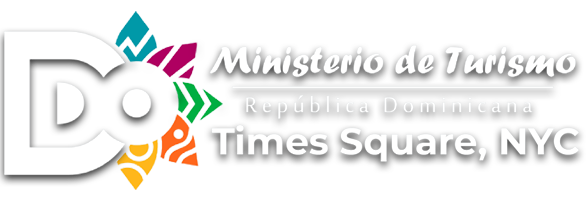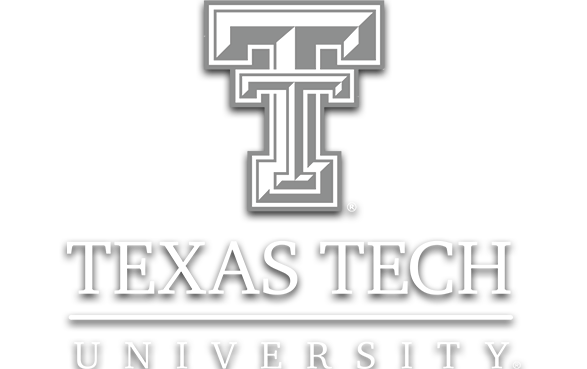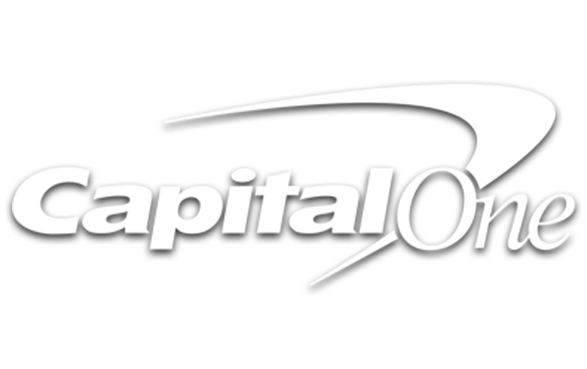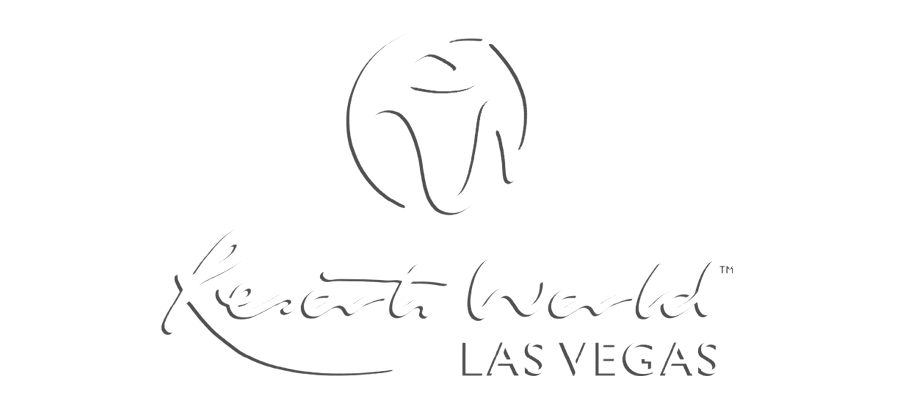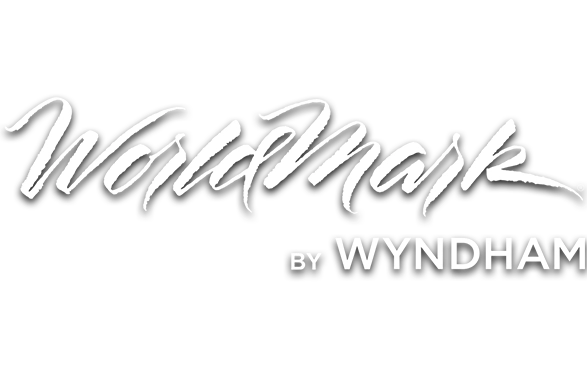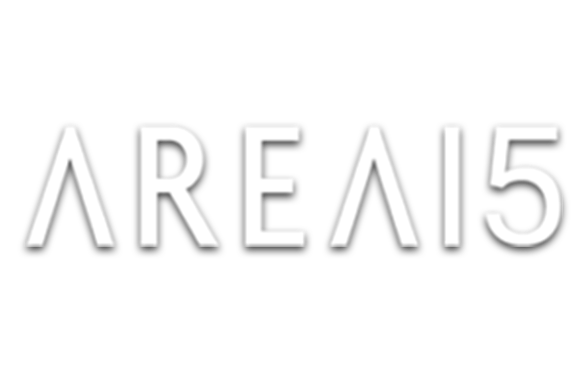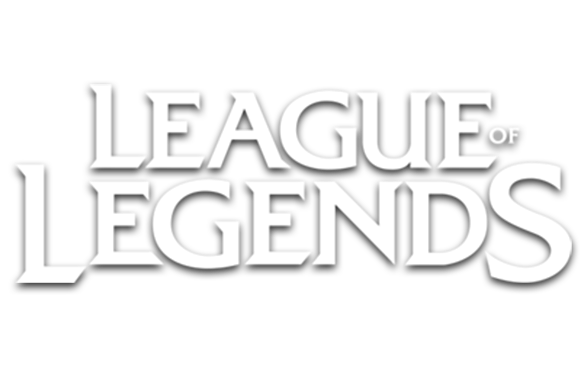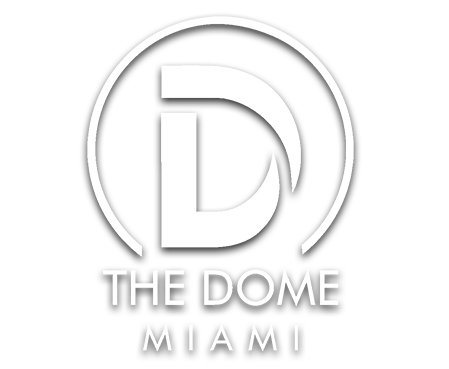For years, leading brands have capitalized on experiential marketing (also known as engagement marketing or immersive marketing) as a way to cut through the noise of traditional marketing and deliver memorable experiences to potential customers.
Trade show booths, product demonstrations, community events, and pop-up shops have long been around, giving people the chance to physically interact with a brand in a live experience. What’s happening right now is that we’re witnessing a peak time in the world of advertising where the introduction of immersive advertising is completely transforming what’s possible.
In this post, we’ll share examples of big brands that have seen great success with their experiential marketing campaigns by incorporating immersive technology. We’ll also share some tips on how to design a successful experiential marketing campaign so you can get the most out of your investment in new technology.


What are some examples of experiential marketing campaigns that feature immersive technology?
Here are two experiential marketing examples that incorporated new immersive technologies to attract new customers:
Riot Games: Arcane Animated Series Brought to Life
Gearing up for the launch of its new Netflix animated series “Arcane” based on its League of Legends game, Riot Games collaborated with creative agency We Are Collider in an integrated campaign. The campaign incorporated out-of-home, digital, social media, and experiential marketing components to deliver an entire experience.
Riot Games saw the opportunity to create an experiential marketing engagement as it prepared to open several Arcane retail stores all across the world. Approaching store opening days, the team installed interactive window displays on the exterior of all stores incorporating augmented reality features.
Window displays would come alive when prompted by passers-by, showcasing unique artifacts in 4D known as “Hextech” from the League of Legends game. Bringing these items into the real world gave people the chance to interact with the pieces up close in a virtual experience while generating awareness about the new series. Viewers were also invited to scan QR codes with their mobile phones to access exclusive Arcane content like filters, games, and other mini-interactions.
What was exciting about this activation was the fact that store exteriors and augmented reality features kept evolving as stores neared their open dates. No two weeks looked the same. Delivering new experiences every week helped sustain the curiosity of people who had previously engaged with the activation, bringing them back again to enjoy a new virtual experience.
Capturing the attention of both League of Legends fans as well as the general public through this integrated campaign, Riot Games experienced the following successes on the launch of Arcane. 700K YouTube views on its launch video Ranking as the #1 Netflix show in 50 countries 36 million views on its premiere in just 6 days
Caterpillar: CONEXPO Immersive Construction Experience
Planning its engagement at CONEXPO 2023, the largest construction exhibition in North America, Caterpillar’s goal was to demonstrate its commitment to safety and cutting-edge technology while simultaneously delivering an engaging experience to attendees. Collaborating with Outerkind and Lumen & Forge as campaign and tech partners, Caterpillar incorporated a range of immersive technologies into its Tech Hub exhibit to both educate and engage attendees throughout their whole journey. Here are two of our favourite features from the activation:
1. The CAT Command Center
The CAT Command Centre featured live broadcasts of professionals remotely operating Caterpillar excavators in different parts of the country on large screens. In tandem with this was the Pay Dirt Challenge Station where guests had the opportunity to get behind the controls of an active machine themselves under supervision and get a feel for how they worked.
2. CAT Safety Simulator, CAT Detect
This simulator used a dynamic visual aid to demonstrate the safety warning systems that exist in Caterpillar vehicles. With the integration of projection mapping on the floors in sync with motion tracking, the simulator alerted users about their proximity to the hefty machinery. By offering a visually stunning and captivating experience that allowed attendees to engage with Caterpillar’s safety and technology advancements in a memorable way, the brand hosted an impressive 15,000 attendees to its Tech Hub over just 4 days.
Why does experiential marketing work so well?
These are just two activation examples that prove that when done right, experiential marketing can generate massive brand awareness, impact sales, and create brand loyalty.
The reason that experiential marketing typically works well is that during their unique interaction with a brand, the person tends to connect with it on a more personal level than they can through traditional advertising, and so they leave the experience with a positive memory to hold onto.
Because experiential marketing can be so personalized, entertaining, and create emotional connections, it can be a great way for a company to leave a lasting first impression.

How can I include immersive technology in my next campaign?
If you’re looking to ramp up your event marketing efforts with cutting-edge technology, you might not be sure where to begin. Here are a few things to consider when designing your next creative campaign:
1. Know your goal and your target market
As any marketer will tell you that you need to get very clear on your goals and your audience before starting your creative process. Is your goal to create brand awareness, drive website traffic, or generate ticket sales? Are you marketing to teenagers, business professionals, or the general public?
Only once you know your audience and your goals inside out, it becomes a lot easier to narrow down appropriate immersive technology to suit what your audience is familiar with.
For example, you may not want to invest in technology that requires an audience of seniors to scan a QR code if they’re typically not that tech-savvy!
2. Explore the latest technologies
Immersive technology like projection mapping , projection domes , virtual reality, augmented reality, and 3D rendering is being developed by the minute, so we don’t blame you if you’re not entirely up to date on what’s out there. It’s worthwhile to start doing some research to understand how these technologies work and to get an idea of whether or not they could be a match for your campaign, budget, and audience.
3. Source potential partners
Don’t forget that although you can go far alone, you can always go farther together. Successful campaigns are often the result of several teams coming together to bring a creative vision to life.
As you narrow down which technologies interest you, do some additional research to find experts in their domains, ask for referrals, and schedule introduction calls to see if they align as partners. Ask for examples of their work to get a feel for what they can deliver for your brand should you start a working relationship.

Now’s the right time to transform your experiential marketing
There’s no question that experiential marketing is at the forefront of innovation in advertising. Brands that want to stay ahead of the game can expect to see massive returns on their investment if they can successfully craft interactive experiences that engage consumers beyond the surface level. The key to success is knowing your goal and target market, being open to the possibilities that new technology brings, and collaborating with aligned partners who can help bring your creative ideas to life. Have an idea in mind for your brand but need the tech or the team to pull it off? Contact us to get help with your next experiential marketing campaign.




